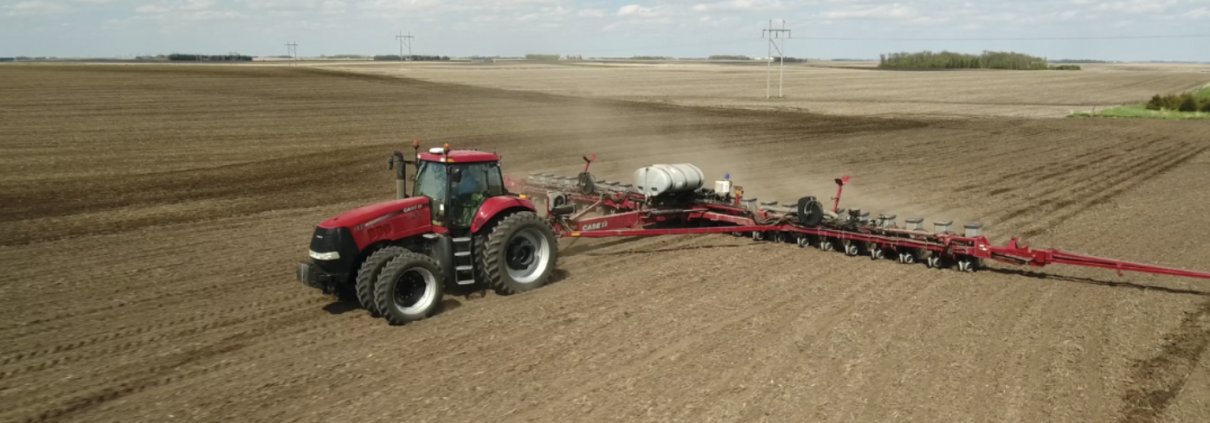How To Decide the Right Planting Population for Your Farm
Iron deficiency chlorosis (IDC) is a yield-limiting factor on millions of acres per year. If you have been having issues with IDC, changing plant population might be for you. Various factors play into planting population. Moisture, nutrient availability, and disease pressure are examples of the difficulties you face when determining planting population.
Research done by universities has shown that bumping up the population in your weedy areas, as well as your iron deficiency chlorosis areas will help reduce the issue. Furthermore, reducing your population in low-ground areas where you have had white mold issues in the past will allow for the canopy to be open longer. This allows for more air-flow to get into the lower parts of the plant, reducing white mold pressure.
The general rule of thumb to consider when thinking about bumping corn population is 10 bushels per thousand. Until you are harvesting 10 bushels per thousand, you should be dropping your population, not bumping it. For example, if you are planting 28,000 plants per acre, your yield potential is 280 bushels per acre. Once you have reached that threshold, you can bump your population. Before doing this, you need to make sure your fertility is in the right place, especially potassium (6-8% base saturation).
When determining planting population, VRAFY can make your life as a farmer easier. Satellite imagery and yield monitor data can play a massive part in determining what populations you should run. For example, if you have been in a drought the past couple of years, you can use your uploaded data in VRAFY to see where you had issues. With this technology, you would find it applicable to cut back the population in those areas.



